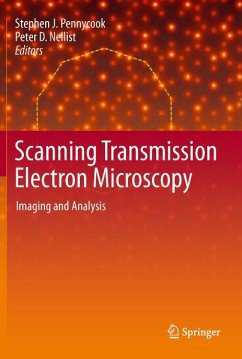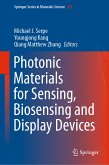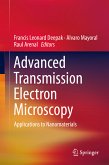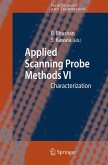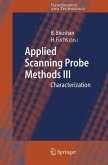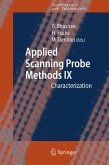Dieser Download kann aus rechtlichen Gründen nur mit Rechnungsadresse in A, B, BG, CY, CZ, D, DK, EW, E, FIN, F, GR, HR, H, IRL, I, LT, L, LR, M, NL, PL, P, R, S, SLO, SK ausgeliefert werden.
"To describe in 18 chapters the current status in a wide field, a dazzling list of no less than 44 distinguished authors has been assembled. Fortunately, the role of the editors has continued well beyond the point of producing their own chapters to ensure that these different contributions are reasonably well integrated with a useful index....The editors' assertion that the experiment of focusing a beam of electrons down to an atomic scale and measuring its scattering has spectacular outcomes is most abundantly proved here."
--Archie Howie, Microscopy and Microanalysis
"The book opens with a magnificent 90-page history of STEM by S.J. Pennycook, which traces the story of the instrument from von Ardenne's microscope of the late 1930s to such very recent innovations as the confocal mode of operation. ... Very readable, lavishly illustrated and extremely thorough, this will remain a key publication on the history of the STEM." (Ultramicroscopy, Vol. 116, 2012)

